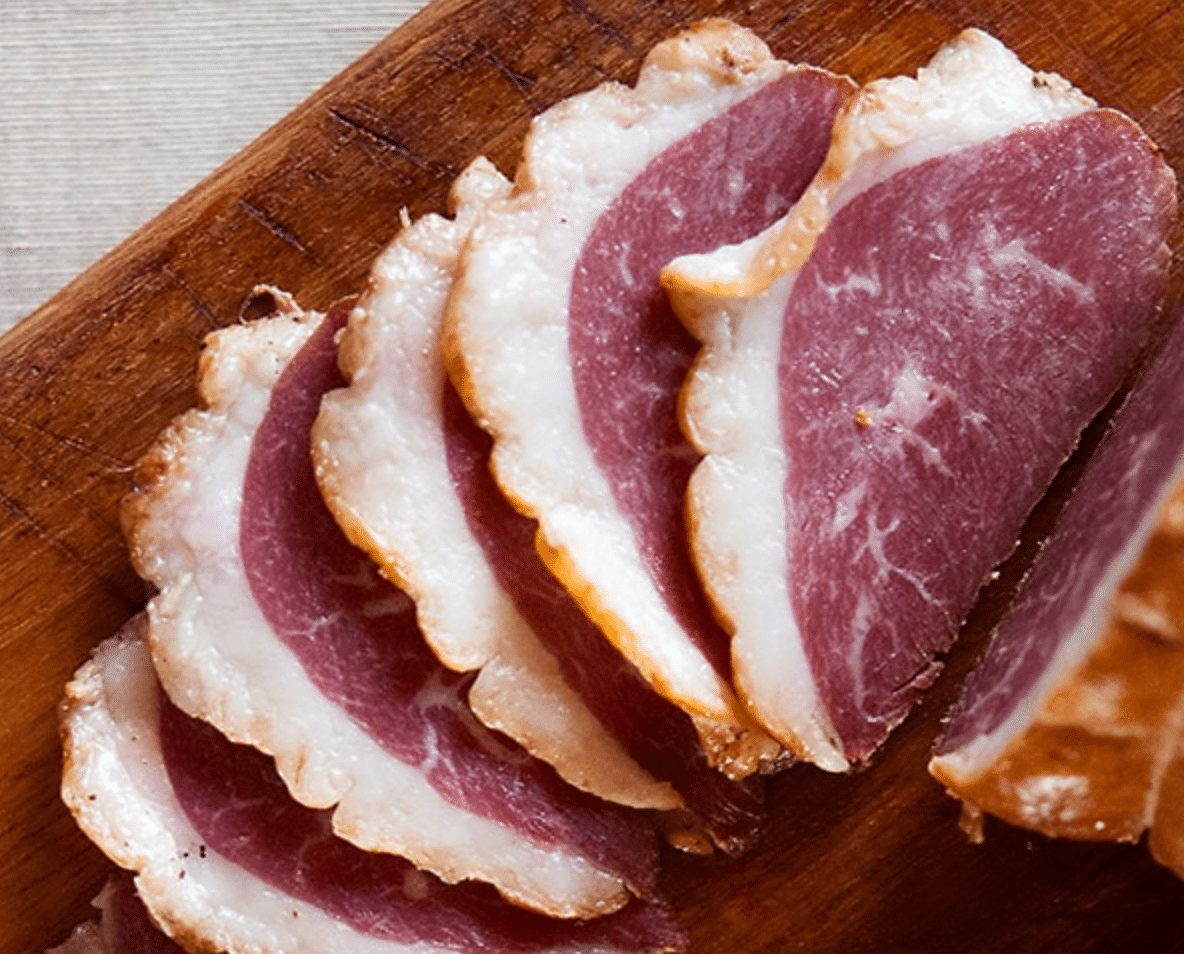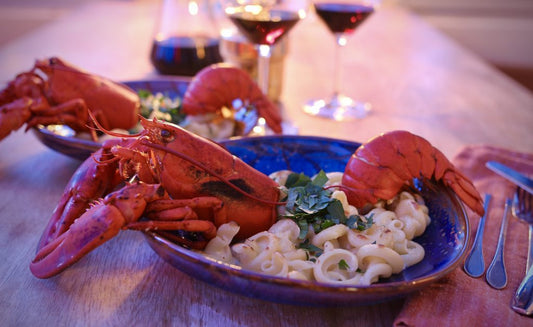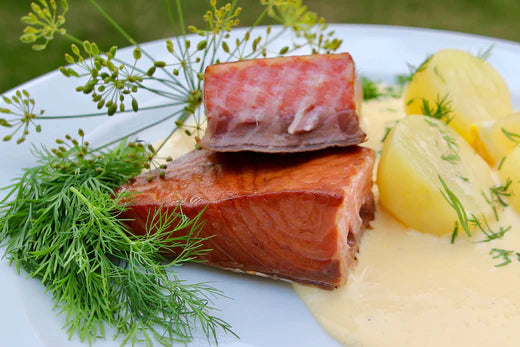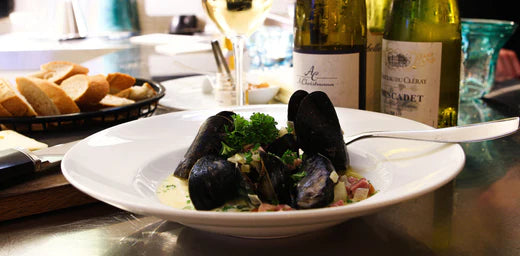
German Smoked Goose Breast
To make this German Smoked Goose Breast Recipe correctly, you will need to do a few things you might not normally do:
You need to truss your goose breast or stuff it into sausage netting, which you can buy online. While not absolutely necessary, it does change the end result in a subtle way. You will definitely need to use nitrites (Instacure No. 1) for safety and to get that pink color.
The safety factor comes in with another thing you need to do to make this recipe. You need to start the goose in a cold smoker and bring the heat up to temperature very slowly. This is easy to do in a Bradley smoker. And it can be done in a Camp Chef smoke vault or in many other smokers. It is, however, very hard to do with a classic smoker, the kind where you start a fire near the meat.
Flavorwise, you are getting a lot of character from juniper berries, black pepper and Scotch. What’s with the Scotch? Well, unless you have some means of smoking over peat, the best way to get a little of that peaty flavor into the meat is to soak it overnight in a peaty Scotch. I used Laphroaig. Can you skip this step? Sure, but if you: a) like to drink peaty Scotch and b) have it around, by all means use it.
I made this with domestic goose breast, but there is no reason you can’t do it with skin-on breasts of Canada or white fronted geese. You could also use a big, domestic Moulard duck breast, too. Don’t try it with skinny or small birds.
Ingredients
Skin-on breasts from 1 large goose, about 2 pounds
44 grams of kosher salt, about 4 tablespoons
3 grams of Instacure No. 1, about 1/2 teaspoon
25 grams sugar, about 2 tablespoons
4 grams crushed juniper, about 1 tablespoon
10 grams freshly ground black pepper, about 1 tablespoon
1/2 cup peaty Scotch whisky (optional)
Preparation
If you are using the Scotch, put the goose breasts in a bowl and coat them with the whisky. Put them into a closed container just about large enough to hold them and refrigerate overnight.
The next day, mix all the remaining ingredients in a bowl.
Drain the goose breasts, or just pat them dry if you have not done the Scotch soak.
Massage the spice mixture into the meat, making sure every bit of the goose is covered.
Put the goose breasts into a closed container that just barely fits the meat.
Pour in any excess salt/spice mixture, cover and refrigerate for 3 to 4 days.
Every day during the curing process, turn the goose breasts over so they are evenly coated.
When the meat has cured, it will be dark red and slightly firm to the touch throughout.
Rinse it off briefly under cold running water and pat it dry. Let the meat sit out in a cool place for 2 to 4 hours, preferably with some sort of breeze or fan on it. Or you can leave it to dry in the fridge uncovered overnight.
Truss the meat as you would a roast, or stuff it into sausage netting. If you do the netting, wear an apron, as you will need to manhandle the goose breast into the netting. Take your time and do it little by little. Tie off the ends of the string or netting, leaving enough at the end with the most fat — this should be the thick end of the breast to hang.
You want the fattiest part of the goose breast at the top, so the fat can drip down and keep the meat moist.
Hang the breasts in a cold smoker and smoke over beech, alder, oak or cherry wood. Apple is a good substitute, too. Start the smoke cold and gradually bring the temperature up. Your goal is to have the thickest part of the goose breast reach 140°F to 150°F by the end of cooking.
Move the goose breasts out of the smoker and allow them to return to room temperature before refrigerating.
The smoked goose will last 10 days in the fridge, or a year if well sealed and frozen.







